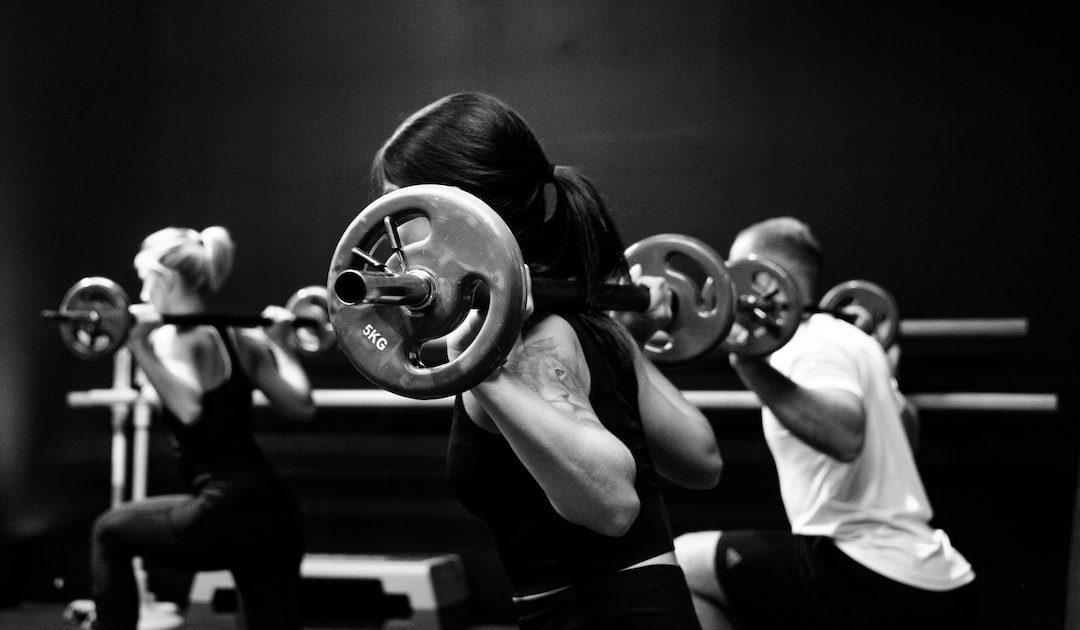Welcome, fellow fitness enthusiasts, to our exploration of the factors that shape skill-related fitness.
Just as a symphony requires a harmonious blend of instruments, our bodies rely on various elements to achieve peak performance.
From genetics to training methods, age to gender differences, and even the environment we immerse ourselves in, all play a vital role in our quest for mastery.
Get ready to uncover the secrets behind skill-related fitness and discover how to unleash your true potential.
Let's embark on this journey together!
Genetic Factors
We believe that genetic factors play a significant role in determining one's skill-related fitness abilities. Our genes provide the blueprint for our bodies, including our muscles, cardiovascular system, and coordination. Certain genetic variations can influence our muscle fiber type composition, which in turn affects our strength and power.
Genetic factors also play a role in our cardiovascular health and endurance capacity. Some individuals are born with a higher VO2 max, which allows them to perform at a higher intensity for longer durations. Additionally, coordination and reaction time can be influenced by specific genetic variations.
While genetics may provide a foundation for our skill-related fitness abilities, it's important to remember that training and practice are essential for maximizing our potential. By understanding our genetic predispositions, we can tailor our training programs to optimize our performance and achieve mastery in our chosen activities.
Training Methods
Interestingly, incorporating a variety of training methods can greatly enhance our skill-related fitness abilities and overall performance. When it comes to improving our skills, it's important to adopt a well-rounded approach.
By incorporating different training methods, we can target various aspects of skill-related fitness, such as agility, coordination, power, speed, and reaction time. For example, incorporating resistance training can help improve power and strength, while agility drills can enhance our quickness and flexibility. Additionally, incorporating balance exercises can improve our stability and coordination.
By diversifying our training methods, we challenge our bodies in different ways, allowing us to adapt and improve our overall performance. So, whether it's incorporating plyometrics, interval training, or sport-specific drills, the key is to mix things up and keep our workouts dynamic.
Age and Skill-Related Fitness
I can't help but wonder how age affects our skill-related fitness and if there are any specific exercises or strategies that can help us maintain or improve our abilities as we get older.
As we age, our bodies undergo changes that can impact our physical performance. However, with the right approach, it's possible to maintain and even enhance our skill-related fitness.
Regular exercise, particularly activities that challenge our balance, coordination, agility, and reaction time, can help improve these abilities. Engaging in activities such as martial arts, dance, or sports that require quick movements and decision-making can be beneficial.
Additionally, incorporating strength training exercises into our routine can help maintain muscle mass and strength, which are important for skill-related fitness.
It's never too late to start or continue pursuing physical activities that promote skill-related fitness, and with consistent effort and dedication, we can defy the limitations often associated with age.
Gender Differences in Skill-Related Fitness
Exploring gender differences in skill-related fitness can provide valuable insights into how physical abilities vary between men and women. By understanding these variances, we can tailor our fitness programs to optimize performance for both genders.
Here are some key factors that influence skill-related fitness in men and women:
- Biological Factors:
- Hormonal differences: Testosterone levels in men contribute to increased muscle mass and strength.
- Body composition: Men generally have a higher muscle-to-fat ratio, which can impact agility and speed.
- Sociocultural Factors:
- Gender stereotypes: Societal expectations and norms can influence the types of physical activities individuals engage in, affecting skill development.
- Access to resources: Disparities in resources, such as training facilities and coaching, can impact skill acquisition.
Understanding these factors allows us to address any potential gender biases and create inclusive fitness environments that promote mastery for all individuals. Let's strive to bridge the gender gap in skill-related fitness and empower everyone to reach their full potential.
Environmental Factors and Skill-Related Fitness
Understanding the impact of environmental factors on skill-related fitness can help us optimize our training programs and create an inclusive environment for everyone to enhance their physical abilities.
Environmental factors play a significant role in shaping our skill-related fitness levels. Factors such as temperature, altitude, and terrain can all influence our performance and training outcomes.
For example, training at high altitudes can improve our cardiovascular endurance by stimulating the production of red blood cells. Similarly, exercising in hot and humid conditions can enhance our heat tolerance and help us perform better in such environments.
By understanding these factors, we can tailor our training programs to maximize our potential and overcome any limitations posed by our surroundings.
Frequently Asked Questions
How Do Genetic Factors Affect Skill-Related Fitness?
Genetic factors play a significant role in influencing skill-related fitness. These factors determine our body's natural abilities and potential for developing certain skills. Understanding our genetic makeup can help us optimize our training and reach our full potential.
What Are the Different Training Methods That Can Be Used to Improve Skill-Related Fitness?
To improve skill-related fitness, we must explore different training methods. By engaging in varied workouts, we can enhance our agility, coordination, power, speed, and reaction time. These methods allow us to achieve mastery in our chosen field.
How Does Age Impact Skill-Related Fitness?
Age can have a significant impact on skill-related fitness. As we get older, our reaction time, coordination, and balance may decline. However, with consistent training and proper nutrition, we can maintain and even improve our skills regardless of age.
Are There Any Gender Differences in Skill-Related Fitness?
There might be some gender differences in skill-related fitness, but it's important to remember that factors like training, genetics, and individual effort play a bigger role in determining our abilities.
What Are the Environmental Factors That Can Influence Skill-Related Fitness?
There are several environmental factors that can influence skill-related fitness. These include access to training facilities, availability of equipment, the quality of coaching, and the presence of supportive peers and mentors.
Conclusion
In conclusion, understanding the factors that influence skill-related fitness is essential for anyone looking to improve their athletic abilities.
While genetic factors play a role, it's important to remember that training methods, age, gender, and environmental factors also play significant roles.
By recognizing these influences and adopting a knowledgeable and informed approach to training, individuals can optimize their skill-related fitness and reach their full potential.
So, embrace the power of knowledge and motivation, and let your journey towards improved athletic performance begin!



